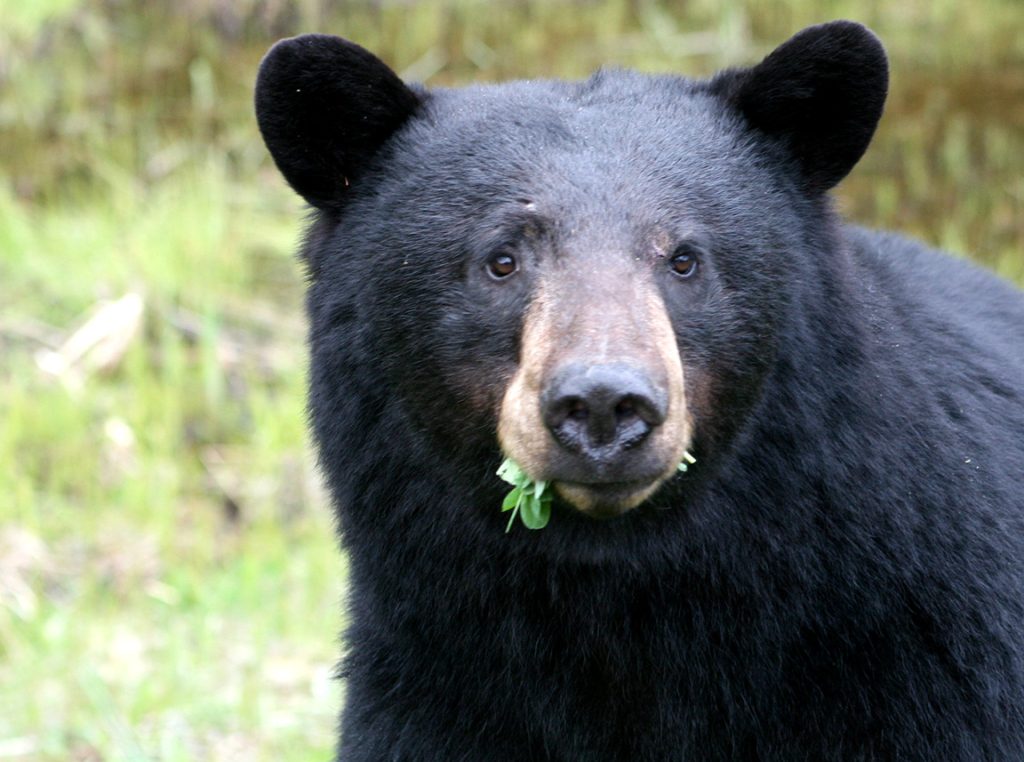Occasionally animals such as bears wander into neighborhoods looking for food. New Mexico’s Department of Game and Fish have a special federally trained team to capture bears and transport them to different locations where hopefully there will be more food. They will also trap and relocate mountain lions, bobcats, and, occasionally, beavers. These are considered fur-bearing animals and protected by state law. Racoons, on the other hand, are euthanized when trapped. You can reach the Department of Game and Fish by calling 505-222-4700 if one of these animals has become a nuisance.

Wildlife Rescue of New Mexico is a licensed volunteer organizations that rescues and rehabilitates animals. These include birds, squirrels, lizards, prairie dogs, porcupines, rabbits, and other small mammals, reptiles and amphibians. For more information on what to do if you find an injured wild animals, see: https://wildliferescuenm.org/found-animal/. Removal of live skunks from under a house or shed requires the homeowner to contract with a private pest control firm. Larger mammals as bobcats, foxes, coyotes, some skunks and injured or abandoned racoons are taken to the Espanola Wildlife center where they will be monitored and rehabilitated if possible.
The City of Albuquerque has an Environmental Health Department. There are five different divisions, one of which is the Urban Biology Department. Its major function is disease control. They trap mosquitos at 22 different locations from Alameda Road to Isleta Reservation to look for any carrying the West Nile Virus. Since the virus for heartworm is also mosquito born, they work to educate the public to use heartworm medication prophylactically for their dogs. People are also counseled not to leave pets outside. Another role is to meet with citizens who are concerned about or in conflict with wildlife. For example, people might worry about coyotes patrolling their neighborhood or porcupines in their tree. Once they know more about the animal’s characteristics, fears can be alleviated. They share strategies to discourage various urban animals from entering one’s property if that is a concern, i.e., decreasing spaces skunks can inhabit. One can learn more by checking out their website. There is a useful list of commonly found animals in our region and what to do in response at: https://www.cabq.gov/environmentalhealth/urban-biology/urban-wildlife/common-wildlife-and-how-to-respond.
Bats are handled differently. When injured or dead, they are referred to a bat biologist who then checks for rabies. Most are free of rabies and are released if rehabilitated.

